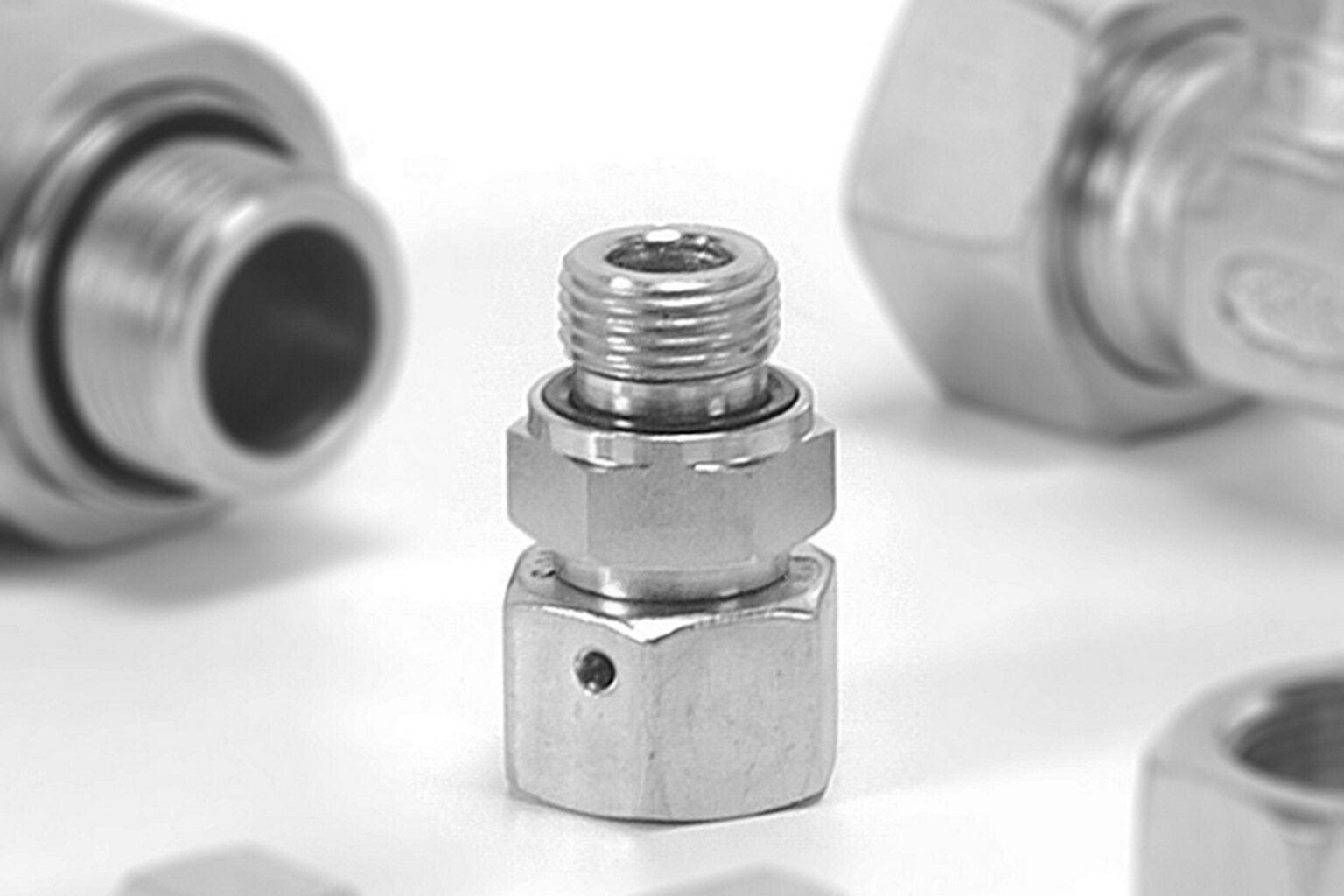
The company manufactures high-quality tube couplings, adaptors, pipe flanges, diagnostic couplings, and allied control valves under the brand name Hyloc for more than 50+ years.


There are several reasons why hydraulic tube fittings may fail. Here are five common factors that can contribute to hydraulic tube fitting failures. One you know some of these reasons of failures, it’s easy to take some corrective actions which will surely help. Let’s understand and learn.
It is worth to make a note that these factors often interact with each other, and a combination of them can contribute to hydraulic tube fitting failures.
Implementing proper installation techniques, selecting appropriate fittings designed for the specific operating conditions, and regular system maintenance can help mitigate these issues and prolong the lifespan of hydraulic tube fittings.
“Take the first step and make it happen!” For any help and query email us to sales@hyloc.co.in
Call Now: +91 9686059806

The company manufactures high-quality tube couplings, adaptors, pipe flanges, diagnostic couplings, and allied control valves under the brand name Hyloc for more than 50+ years.
